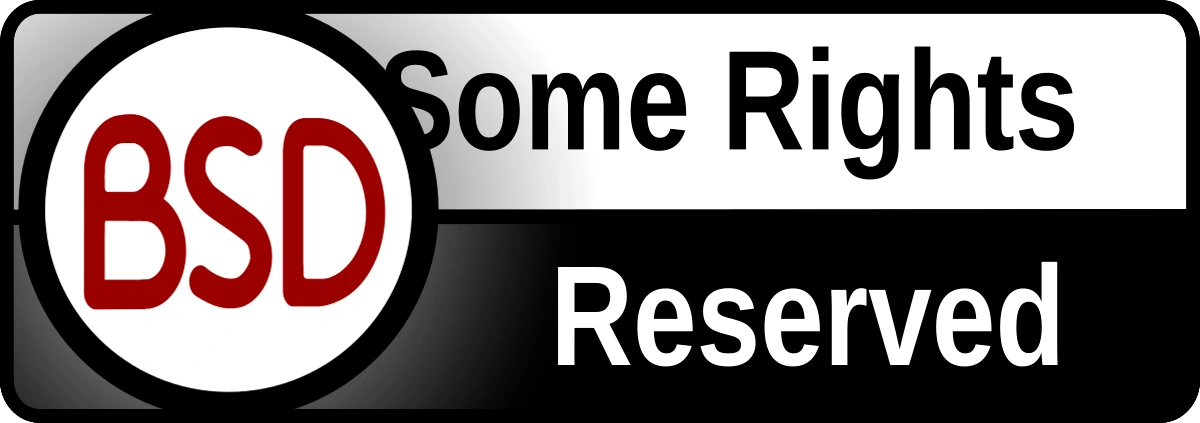creative commons
license
ccby, contentcreator, contentethics, contentlicense, contentprotection, copyrightawareness, copyrightlaw, copyrightsimplified, creativecommons, creativefreedom, creativeownership, creatorsrights, culturalfreedom, digitalcommons, digitalcreators, digitalfreedom, digitalrights, edtech, ethicalsharing, fairuse, intellectualproperty, knowledgecommons, knowyourrights, legalsharing, legaltools, licensingexplained, mediaethics, noderivatives, noncommercial, openaccess, opencontent, openeducation, openlicense, opensharing, opensourceculture, publiclicense, remixculture, sharelegally
9M2PJU
0 Comments
Understanding the CC BY-NC-ND 4.0 License: What It Means for Creators and Users
In today’s content-sharing world, we often hear the words “Creative Commons” tossed around—but what do they mean, especially when you see a license like CC BY-NC-ND 4.0? If you’re a creator or someone who wants to use content under this license, it’s important to truly understand what you’re allowed to do—and what you’re not.
First, What Is Creative Commons?
Creative Commons (CC) is a nonprofit organization that gives creators free tools (legal licenses) to let others share, use, and sometimes modify their work, without needing to ask for permission each time. It’s all about enabling sharing, collaboration, and creativity, while still giving credit to original creators.
What Does CC BY-NC-ND 4.0 Mean?
This particular license stands for:
- BY (Attribution): You must give proper credit to the creator.
- NC (NonCommercial): You can’t use it for commercial purposes.
- ND (NoDerivatives): You can’t change the work and share the changed version.
In other words, you’re allowed to copy and share the work as long as:
- You credit the original creator properly,
- You’re not making money from it,
- You don’t remix, edit, or build upon it in any way.
What You Can Do:
✅ Share the work freely—on social media, on your blog, with your friends.
✅ Use it in a classroom or a community event (as long as it’s not commercial).
✅ Download and keep it for your use.
✅ Talk about it, write about it, link to it.
What You Cannot Do:
❌ Use it in anything you’re selling or monetizing (ads, paid apps, merchandise, etc.).
❌ Remix, crop, translate, subtitle, or adapt the content, then share the result.
❌ Add DRM or any restrictions that would prevent others from sharing it freely.
❌ Use it in a way that makes it seem like the creator endorses you or your message.
Example Scenario:
You find a beautiful photograph online that’s licensed under CC BY-NC-ND 4.0. You’re designing a poster for a free community event. Can you use the image?
👉 Yes, as long as you credit the photographer properly, don’t edit the photo, and the event is non-commercial.
Now, what if you want to crop the photo to fit your poster size?
👉 Nope. Even simple edits like cropping count as a “derivative work,” which is not allowed under this license.
Why Some Creators Choose This License
The CC BY-NC-ND 4.0 license is one of the most restrictive Creative Commons licenses. Some creators prefer this because:
- They want their work to be shared, but not commercially exploited.
- They want to maintain the integrity of their original creation—no edits, no misrepresentations.
- They still want credit for their work, no matter how it’s used.
It’s about sharing with boundaries.
Final Thoughts
If you’re planning to use material licensed under CC BY-NC-ND 4.0, respect the creator’s wishes. Use it ethically, credit properly, and don’t assume “it’s online so it’s free for anything.”
And if you’re a creator considering this license for your work, ask yourself: Do I want people to share but not remix? Do I want to prevent any commercial use? If yes, then this might be the right license for you.
Remember: Always check the full legal license if you’re unsure.
Creative Commons has helped millions of people share their knowledge, art, and creativity with the world while still holding onto their rights. It’s not just about rules. It’s about respect and freedom—in balance.







Post Comment